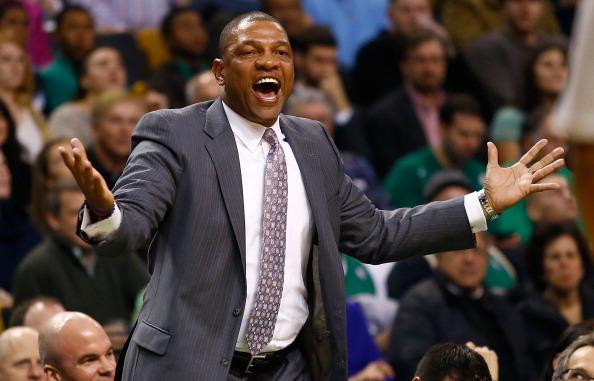Sunday afternoon, Bob McKenzie dropped a relative bombshell on late-August Twitter: Christian Ehrhoff had signed with the Los Angeles Kings. It’s a story that wraps into the Columbus news cycle, at least to some degree. Aaron Portzline had reported contact between the Blue Jackets and the NHL defenseman for quite some time. Contract talks never worked out between the parties, and now Ehrhoff goes to the Pacific Division.
It’s hard to describe a player never under contract as being “lost.” The idea of Ehrhoff shoring up a weak blueline did create buzz, so we’re left to consider what might have been instead. The cap hit and term (a mere $1.5 M for one year) doesn’t readily ease the thought process either.
The first place to start is with Ehrhoff himself. The German defenseman has been exceptional in most of his NHL years. More important: his recent, less-heralded stints with Buffalo and Pittsburgh were success stories. Considering WOWY at Hockey Analysis, Ehrhoff gave a CF% boost to 17 of his most common teammates over the past three seasons (including all 7 of the top 7 with most TOI together). Muneeb Alam of Japer’s Rink shared a rolling CF% plot for Ehrhoff over his career (with team data also superimposed). This shows an impressive relative performance for the d-man. Even Domenic Galamini’s HERO chart shows “recent” Ehrhoff as a strong contributor (elite level shot generation, and excellent point production, paired with strong shot suppression). It’s this consideration that made Ehrhoff talk in Columbus so exciting.
There are caveats, of course. Christian Ehrhoff is 33, and on the wrong side of any age curve article you’d like to read (Tulsky’s is a good starting place). Further, concussion issues add uncertainty to a new team’s risk evaluation. This is no small matter.
And yet it is risk that makes the situation so puzzling when we widen our lens. There is a gamble in signing Christian Ehrhoff. You hope he retains a sizeable fraction of his recent, excellent level of play. Barring a tremendous slide, that part seems feasible (based on the shot and scoring data we’ve considered). You also hope that lingering concussion issues stay away. Medical evaluation might be the best validation available (either positive or negative).
There is also a sizeable gamble in starting an NHL season with no fewer than three questionable assets as the three highest skaters in TOI per game (with links HERO plots for one, two, and three). This isn’t to say that any of that trio are not NHLers (in fact, two and three have done alright putting up points). Rather, they are being given big minutes and not always doing well at defense, not putting their team in a place to win consistently. This leaves the team without a clear top pairing option (regardless of what TOI allocation says). It’s this context that made Ehrhoff all the more attractive for Columbus, possibly making him the team’s best d-man. (The best from the last few years statistically is no longer on the roster.)
Is there some internal way to rectify the problem? Ryan Murray could be an answer (and a recent profile from ESPN’s Craig Custance is worth sharing). There are also good signs from Cody Goloubef in his limited appearances.
Are these solutions strong enough to supplant the ice time of the top three? Are they low enough risk to pass on the high-risk, high-reward, low-cost of a Christian Ehrhoff for one year? Was that kind of contract even an option in an Ehrhoff-Blue Jackets relationship?
For fans and outside observers, the hope is that the CBJ made a full evaluation of Ehrhoff and deemed the risk of age or injury effects to be too great. The questions that remain: is there anything else coming to help the Columbus defense? And what did Los Angeles see that others did not?
Add The Sports Daily to your Google News Feed!
